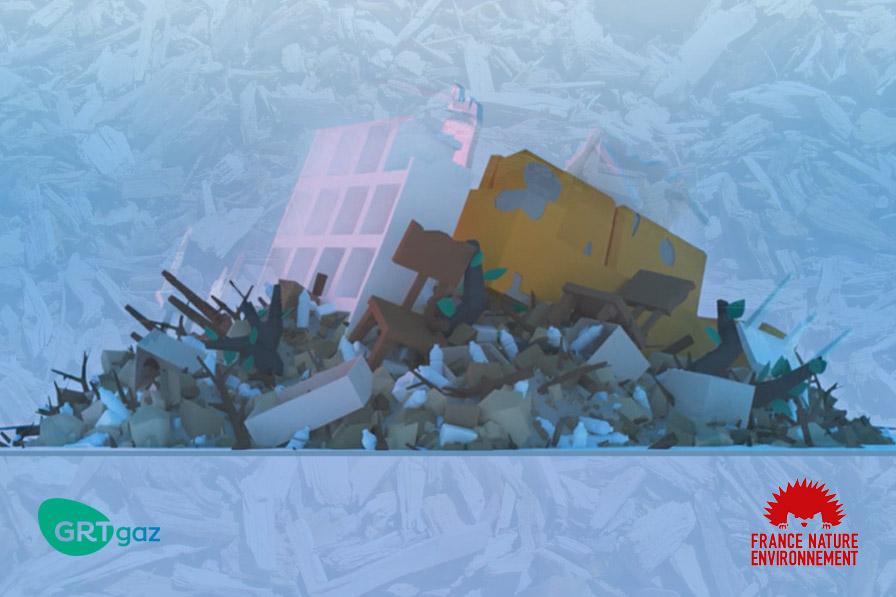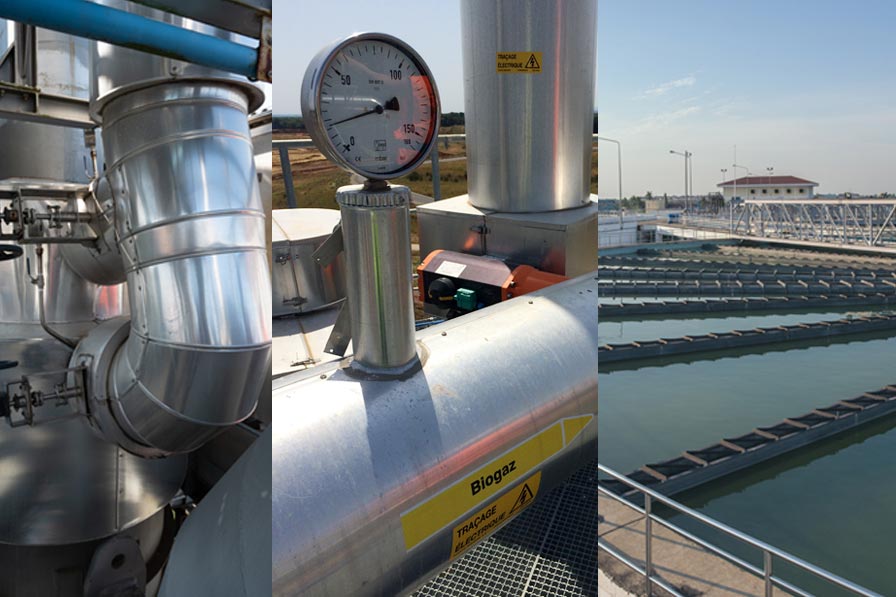Partnership agreement between GRTgaz and France Nature Environnement (FNE)

In June 2021, GRTgaz and France Nature Environnement (FNE) launched a collaboration to contribute to meeting targets for the ecological transition and sustainable development. Michel Dubromel, former President of FNE in charge of energy and Bertrand Simon, GRTgaz Director of Energy Transition Projects, share their respective insights into this partnership.
Who are France Nature Environment (FNE)?
FNE is a French federation bringing together 6,000 environmental protection associations. It is registered as a public interest foundation and has 900,000 members.
How did this partnership agreement come about?
Michel Dubromel (MD):
FNE and GRTgaz are both players in the ecological transition. To reach our goals, it is vital that we talk with all stakeholders, including gas transporters. So we initiated a discussion with GRTgaz. First, we shared our respective expertise. Then we suggested some areas of improvement in GRTgaz’s practices. And finally, we held some meetings and made on-site visits.
"As a committed player in the energy transition, it seemed important to study pyrogasification, both in terms of its role in the transition and as an opportunity."Michel Dubromel
Former President of FNE
Pyrogasification is a new area for FNE. What did the early stages of this cooperation reveal?
MD:
As a committed player in the energy transition, it seemed important to study pyrogasification, both in terms of its role in the transition and as an opportunity. These first few months of the collaboration gave us a description of the processes and the challenges facing the sector. We realised that one of the key points was the availability of resources, as pyrogasification uses different types of waste or forest industry production. This overview gave us an understanding of the situation. Our role is now to draw up a scenario.
More generally, how does FNE view its cooperation with companies like GRTgaz?
MD:
We have always thought that our relations with gas companies should be in line with our articles of association and our area of expertise: public policy as an articulation of environmental democracy. We are committed to leaving our comfort zone and working with those with industrial experience who share our vision, under conditions of complete trust and transparency. Our end goal is to help our partners improve their practices.
"A condition for the emergence of pyrogasification is a certain level of stakeholder acceptability, as it responds to some key issues"Bertrand Simon
GRTgaz Director of Energy Transition Projects
Based on FNE’s experience with GRDF in creating a methascope, why and how does GRTgaz envisage creating a pyroscope?
Bertrand Simon (BS) :
A condition for the emergence of pyrogasification is a certain level of stakeholder acceptability, as it responds to some key issues:
- Preventing certain types of waste, and the optimal recovery of other types that cannot be reduced or recycled. One of the national targets is to halve the annual volumes of landfill waste by 2025.
- The energy that we consume and produce. France has made carbon neutrality the goal for all its activities by 2050, and 10% of the gas that we consume must be of renewable origin by 2030.
- Societal benefits will include safeguarding jobs in the regions. Environmental benefits will be seen in reduced greenhouse gases and small particle emissions.
So this is our motivation for creating a pyroscope. Given the sector’s current progress, it is still a little early to do this. But the idea is to consider what the main acceptability criteria may be.
* A methascope is an assessment support tool for anaerobic digestion projects. It consists of a booklet and a multi-criteria analysis grid, and gives people an understanding of the challenges linked to anaerobic digestion in their region.
How do things stand currently?
BS :
We have sent FNE everything we know about the sector and shared our vision. We both believe that pyrogasification will become part of the waste processing structure, with a particular focus on resource availability and the relevance of uses. FNE is in the process of a finalising a document that collates all of our thoughts. We have also planned a visit for the federation’s representatives to our pyrogasification for injection demonstrator.
What prospects does a partnership with organisations such as FNE offer?
BS :
For several years, GRTgaz has been strongly committed to a business transformation programme aimed at carbon neutrality by 2050, both for its operations and the gas it transports. This is a genuine challenge that we have to meet, and we need to make progress every year. From this perspective, the support of external stakeholders like FNE helps us challenge ourselves about the way we develop our practices.
Synthesis gas injection by pyrogasification
To go further

Pyrogasification
